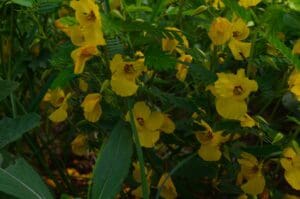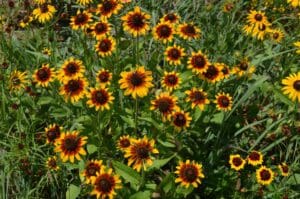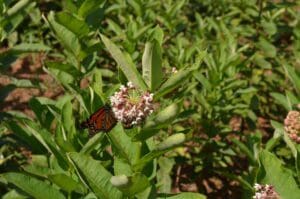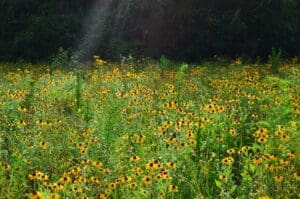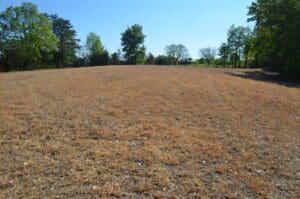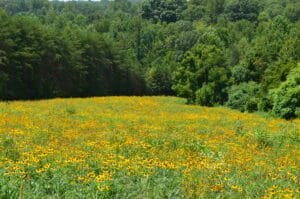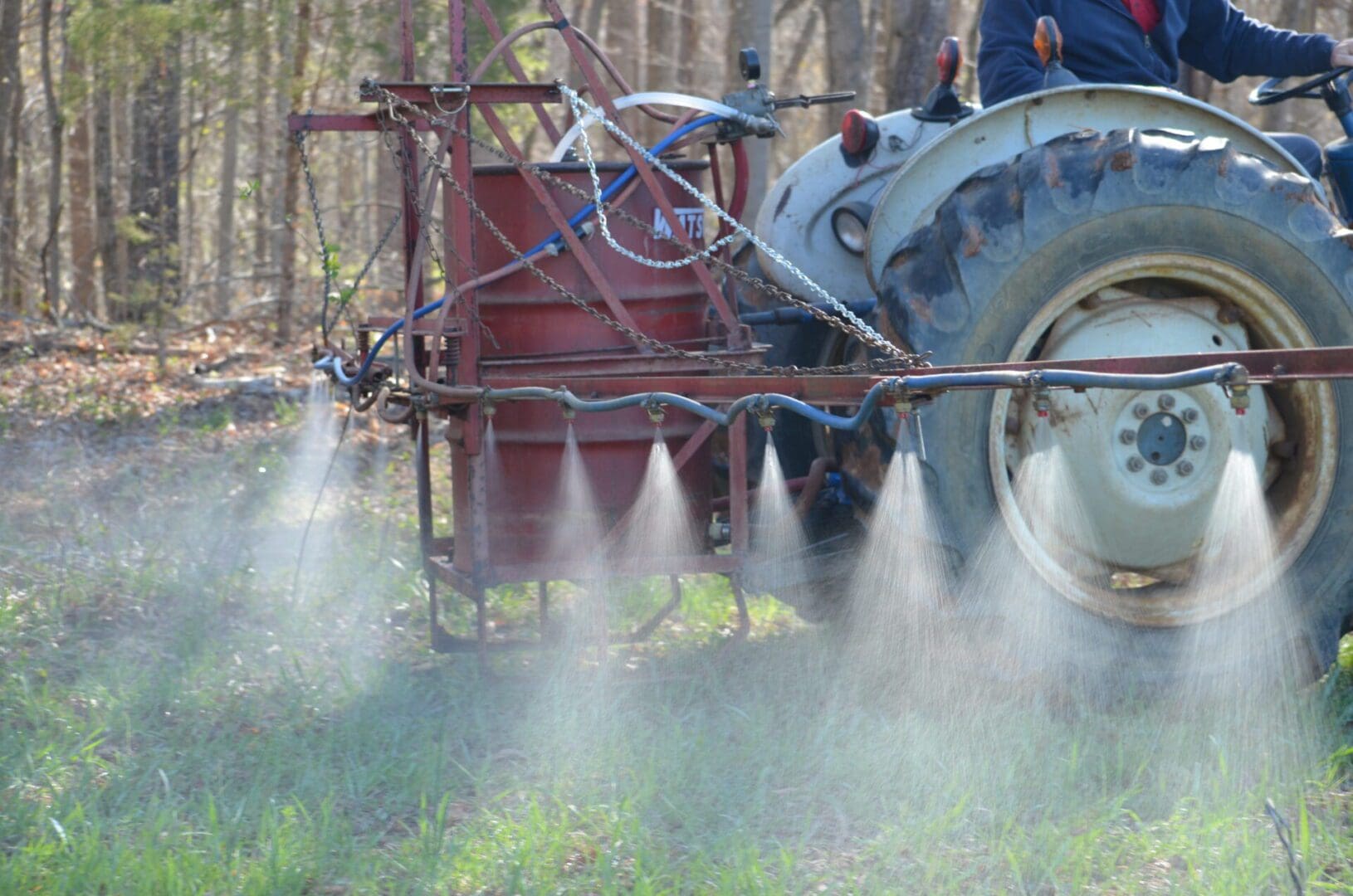
Traditional Agriculture to Native Habitat Restoration
Land conversion in North Carolina is witnessing a shift from traditional agriculture to native habitat restoration. With a growing awareness of the importance of preserving biodiversity and supporting local ecosystems, many landowners are opting to convert their agricultural lands into native habitats. This conversion process involves replacing non-native grasses with native wildflowers, forbs, and warm-season grasses that are better suited to the local climate and soil conditions.
Restoring Ecological Balance
One of the key benefits of converting from traditional agriculture to native habitat is the restoration of ecological balance. Native plants are better adapted to the local environment, making them more resilient and less dependent on artificial inputs like fertilizers and pesticides. By using native wildflowers, forbs, and warm-season grasses, landowners can create a habitat that supports a diverse range of local wildlife, such as pollinators, birds, and mammals. This conversion also helps to protect and restore native plant species, many of which have been displaced by non-native plants.
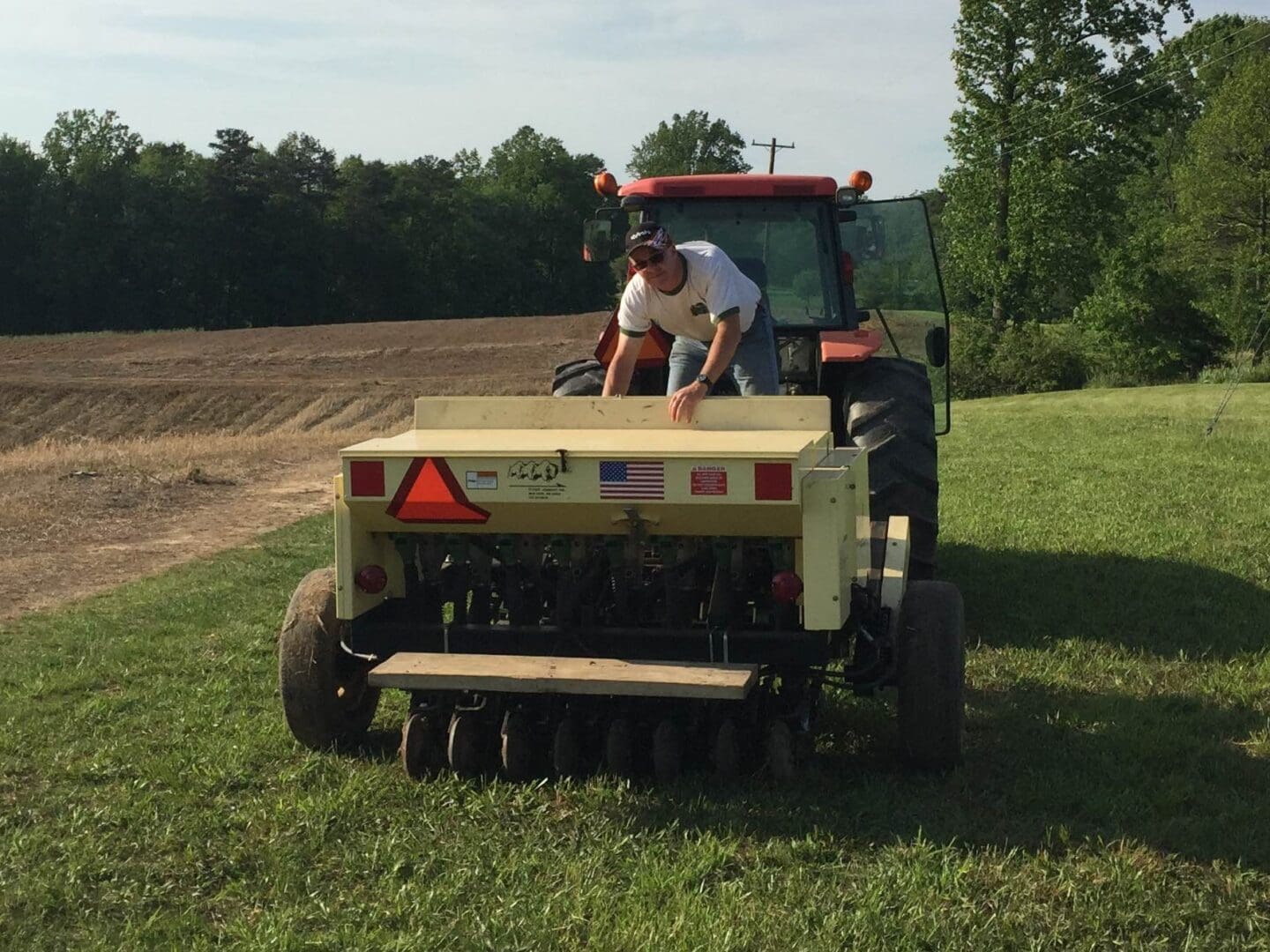
How Does It Work?
The process of converting non-native grasses to native wildflowers, forbs, and warm-season grasses typically takes one growing season. During this time, landowners need to carefully select the appropriate native species based on factors like soil type, sunlight exposure, and moisture levels. They may also need to prepare the soil by removing existing non-native grasses and weeds, and possibly amend it with organic matter. Once the native plants are established, they require less maintenance compared to non-native grasses, reducing the need for water, fertilizers, and herbicides. Over time, these native habitats can become self-sustaining ecosystems that provide numerous ecological benefits to the region.
Contact Us For More Information
If you would like more information and tips on how to restore your land, reach out to us! Join us in our mission to preserve and restore the native habitats of the Yadkin Valley.

